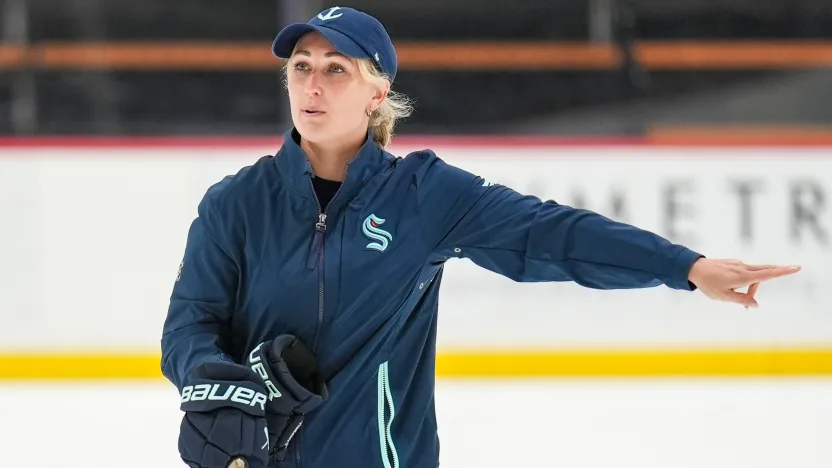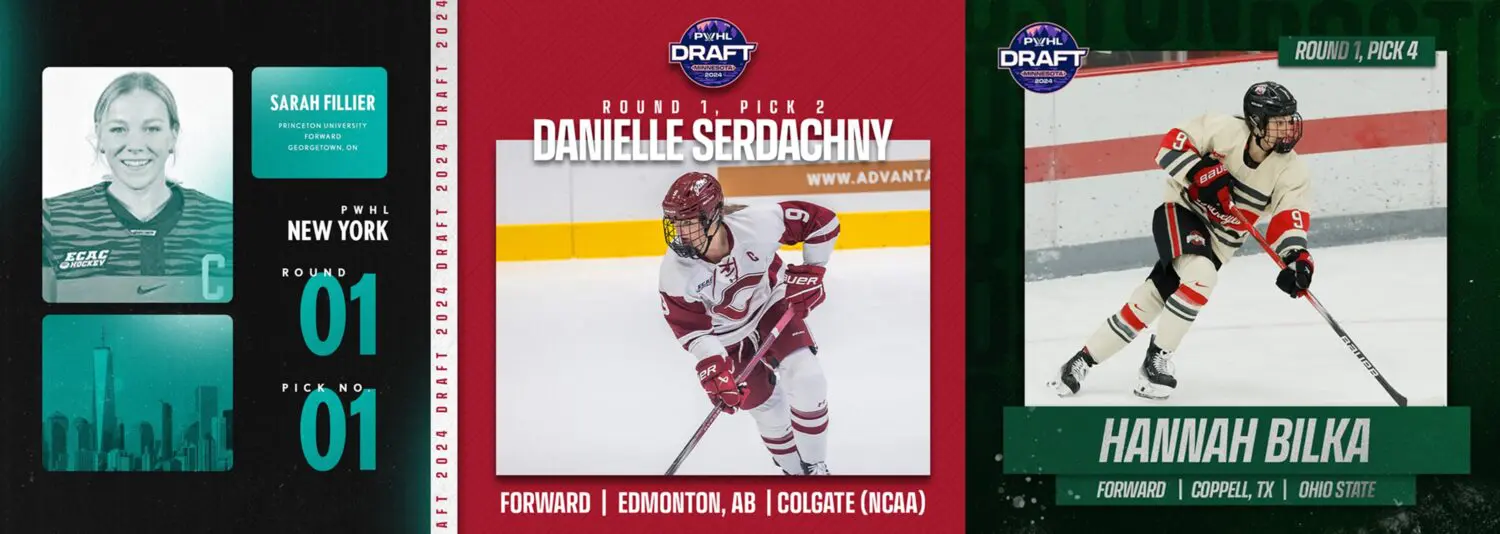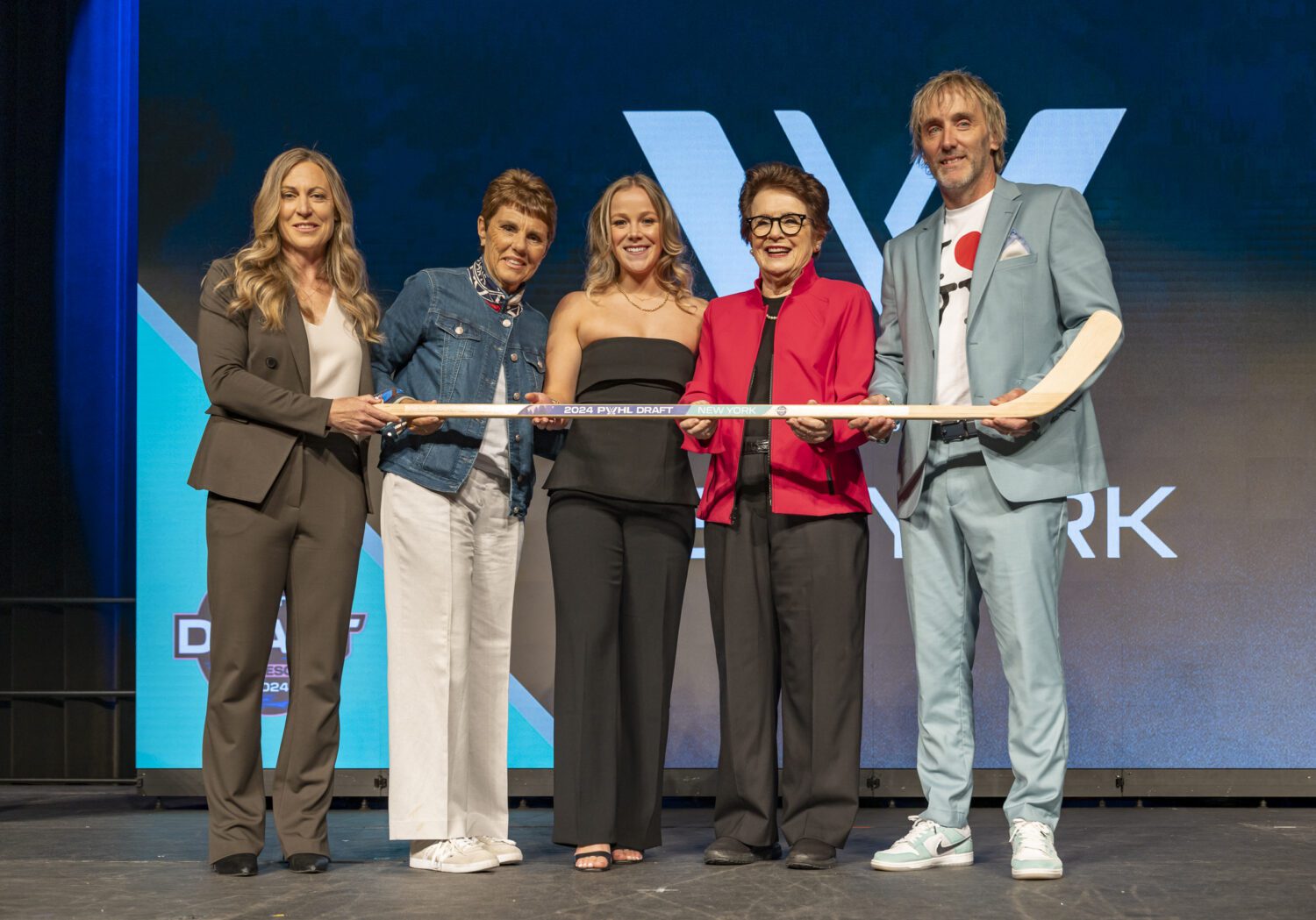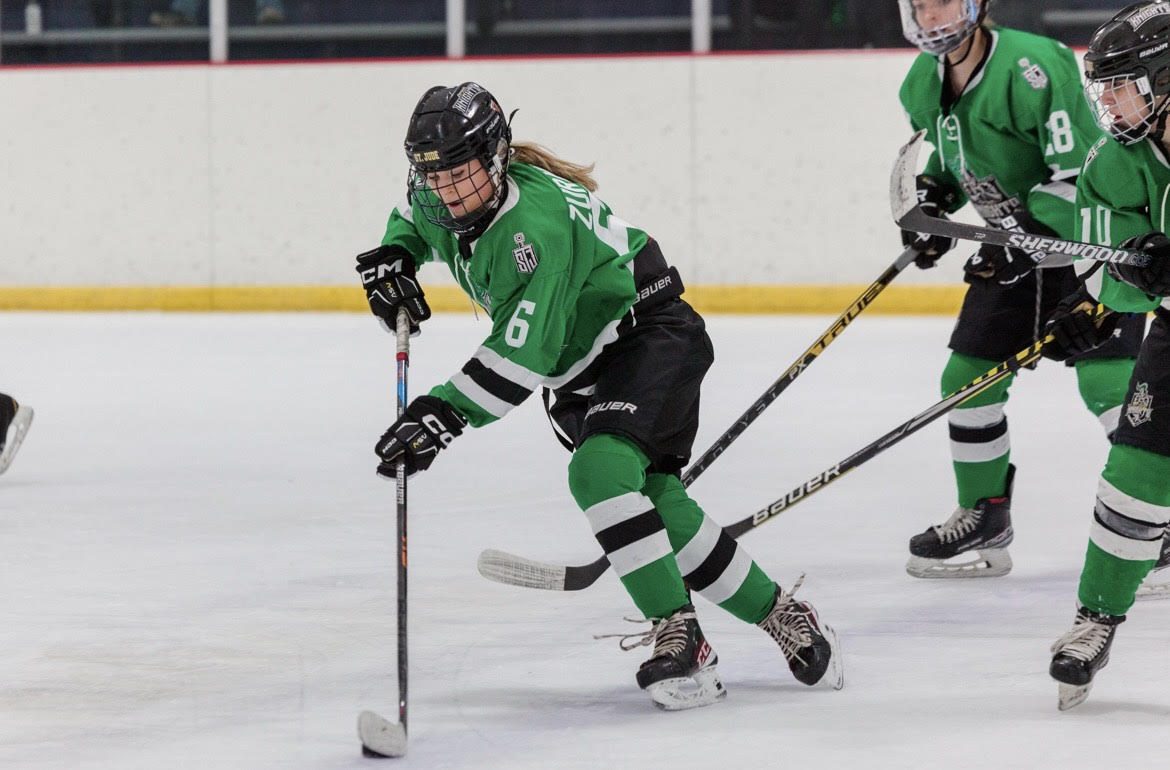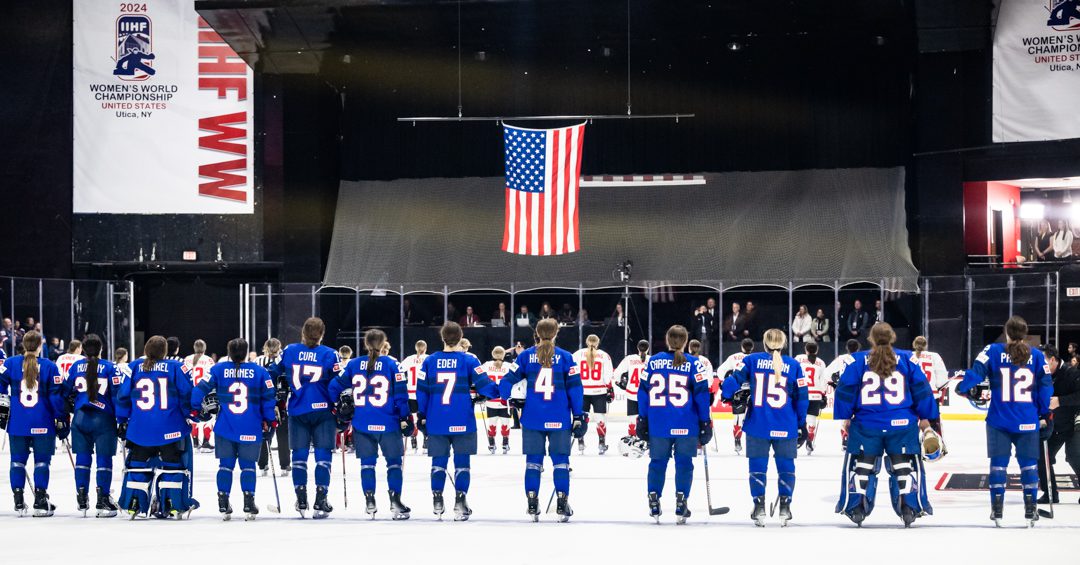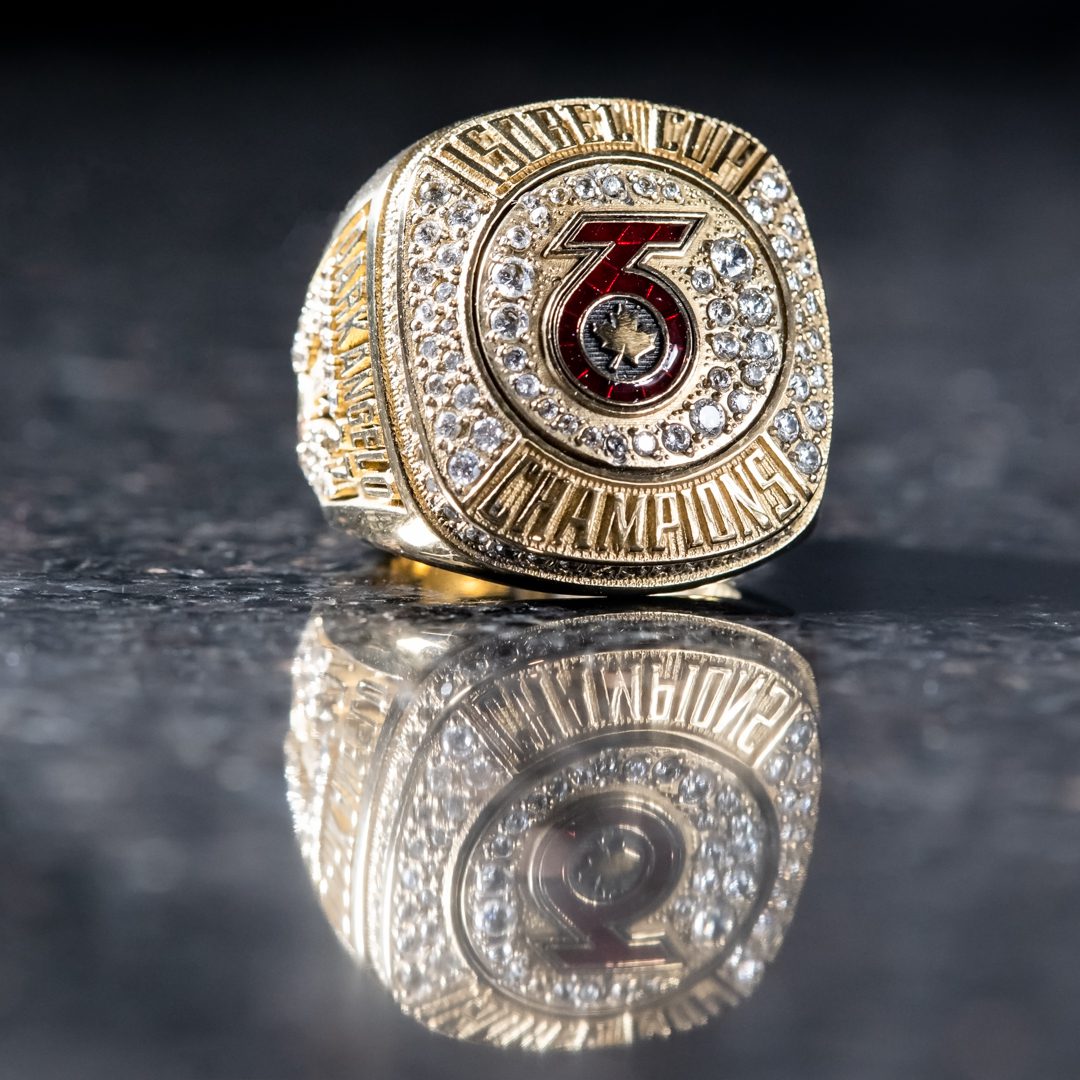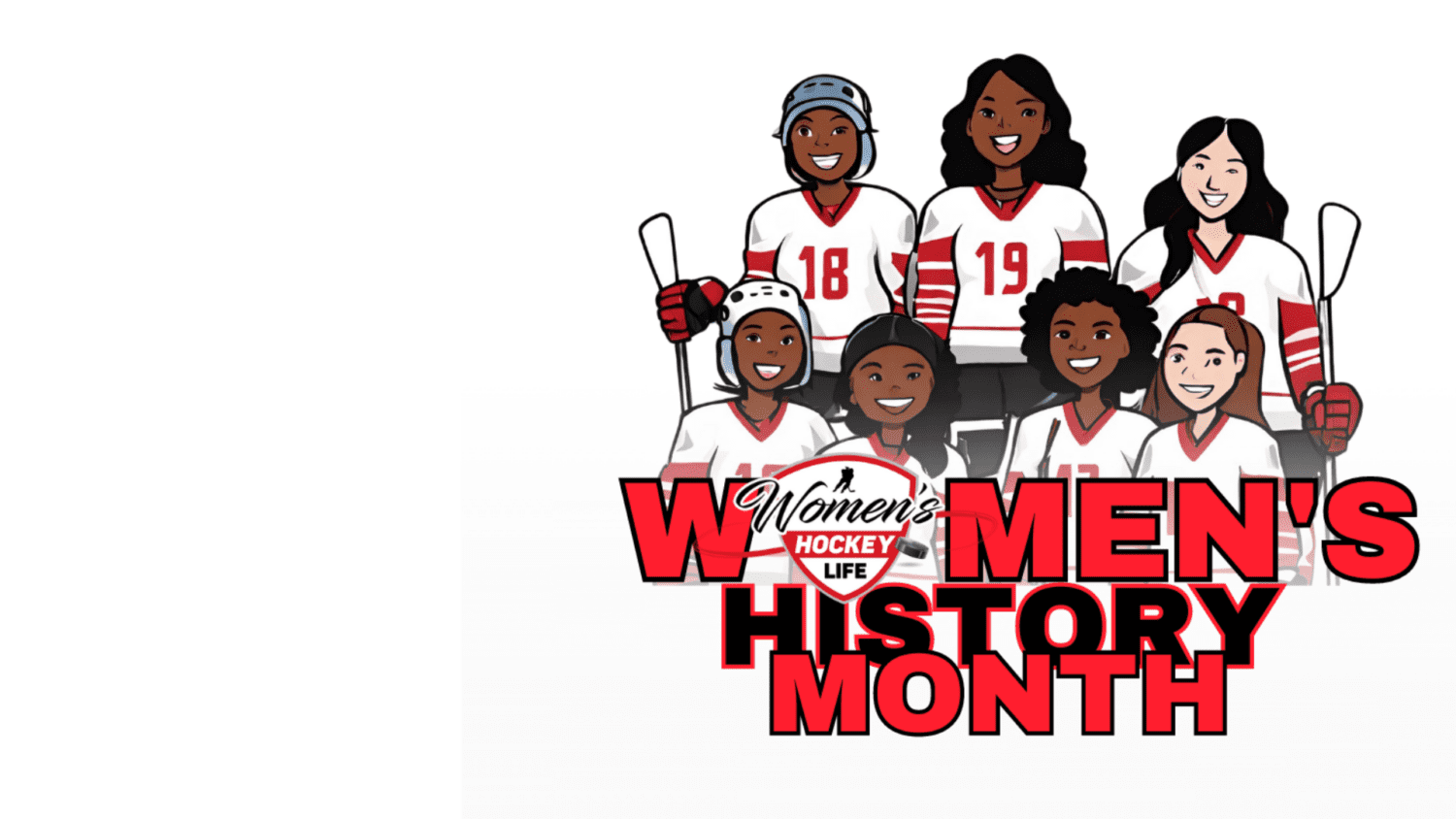It’s really great to connect with other coaches in the summer. We are so busy during the season that often there is no time to just chat. So I make it a point to try to connect informally with coaches who I know I will learn something from. I remember a trip to PEI years ago to a showcase event where I knew coaching legend Wally Kozak was going to be speaking. He was also keen on watching a lot of the hockey at the showcase so I decided I was going to make sure we connected one on one sometime during the week. I didn’t want to be caught flat footed with questions so, I brought with me three “casual” questions to ask when I got a chance to introduce myself. I still try to do the same thing when I connect with coaching colleagues and here are my current three questions I like to ask:
1) What did you try to do differently this season and how did it go?
2) What worked really well and what didn’t work this season?
3) What are you going to try that is new next season?
I always take notes when I ask the questions and you would be amazed at the learning that can be had from the answers.
This week is the third in a series about the Coaching Pyramid. In the last two weeks we have looked at Fun, Positivity and Communication. This week, in the next level of the pyramid, we will look at three pieces that are very much connected: Leadership, Team Culture and Defining Success.
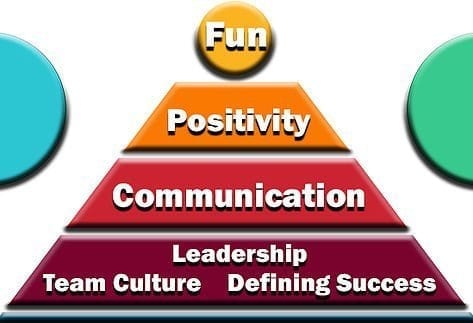
As crucial it is to have good player leadership, coaches need to see themselves as leaders too. I always get a little dismayed when I talk to coaches who worry about everyone having a say in the direction of the team. Hockey teams are not democracies. I am fairly confident that Mike Babcock doesn’t canvas the team as to whether they should have a day off or not. You shouldn’t either. My fellow coach Dave Fisher, when talking about leadership this week, used the phrase “benevolent dictator”. That is exactly what the coach needs to be. Leadership is about doing what is right for the collective. When you are given the head coach job you need to understand that you are in charge. You are the captain of the ship. Your hand is on the tiller. You need to take care of your crew. You need to find a way to get them all working in unison. You are “the guy”! Sure, you have people to help: first mates, navigators, etc. But, ultimately, it’s the head coach that everyone relies on to lead. Having a team vote on important things diminishes the coach’s authority. At times, I do selectively ask players for their opinion on something and I ask my leadership team for feedback in bi-weekly meetings. But, it really bothers me when a player comes up to me and in a complaining voice suggests that “I think I should be playing with Steve”. Invariably, I was probably thinking the same thing but, now I can’t play them together because it looks like I made the decision because the whiny complaint. (Oh, this coaching thing in complicated!) Bottom line: be a leader and take pride in your leadership role.
Leadership is also about positively communicating team culture and how a team is going to define success. From Alana Brajdic’s online article What the Hell Is ‘Team Culture’ and Why Is It so Important? “By the most basic definition, a team culture is made up of the values, beliefs, attitudes and behaviours shared by a team. It’s how people work together towards a common goal and how they treat each other.” By this definition, team culture can make or break your season. For me, two pieces of my team culture are that we are the hardest working team in the league, and we always have good body language on the ice (no head shaking, stick banging, eye rolling). There are lots and lots more pieces to my team’s culture but you get the picture. As coach, I am responsible to get my team to buy into team culture. A lot of that is making sure my leadership group (team captains) can help cultivate team culture when I am not in the room. For instance, I asked my leadership group this season to help with looking a little better getting off the bus. They then made sure everyone had the correct track suit and hats on before we walked into the rink.
At the end of the season, only one team wins the championship. But, that doesn’t mean that every other team had an unsuccessful season. So many teams, coaches, players (and parents) seem to define success only as a championship ring. We need to find ways to define success in other ways. This season, knowing our win-loss record wasn’t going to be stellar and it would be “miracle on ice” to actually win the championship, I communicated to the group what success was going to look like for us – both intangibly and tangibly. Intangibly? Coming to the rink is going to be the best part of the day. The team will improve every week. We will work hard as a group every time we are together. Tangibly? I set two statistical goals that I believed we could be successful with. First, we had a goal of scoring 3.7 goals per game, which promoted our “Offence First” mentality. Second, we had a goal of winning the special teams every game. If the opposition scores a power play goal? We score two. We didn’t worry about percentages, just raw special teams score. This allowed us to find success in a 7-4 loss against a better hockey team. We scored more than 3.7 goals, and we could win the special teams. The team knew that if we could consistently do those two things that the wins would eventually come – and they were right.
The Coaching Pyramid is filling in. As you can see, these pieces should all be crucial to your role as a coach. And as you plan for next season, all of these elements need to be taken into account. As we move towards the bottom of the pyramid, where more of the nuts and bolts of the game reside, we have to keep in mind all that comes before.
A few related posts:
Team Culture is Hard Work (April 4, 2018)
Integrity and the Hockey Coach (October 28, 2017)
Team Discipline Starts Behind the Bench (September 30, 2017)
Defining Team Identity Through Goal Setting (June 4, 2016)
A quick personal note (reprinted from last week): I have really enjoyed fleshing out my Coaching Pyramid over the past few months. I think it’s a strong visual and once we get to the end of this series of posts it will fit in nicely with season planning and maybe changing the way we approach coaching a group of athletes. The blog series isn’t really a terrific place to explain all the pieces to the pyramid (it’s a little brief!). My hope is to get through each level in this format then expand the concept to a new eBook and presentation that will include a narrative from this past season but also include drills, team tactics and systems that we used throughout what became one of the most transformative seasons of my coaching career. That said, your feedback is much appreciated and I am happy to receive any comments at [email protected].
[adrotate group=”1″]
Related Articles
Categories
Recent Posts
[adrotate group=”2″]


